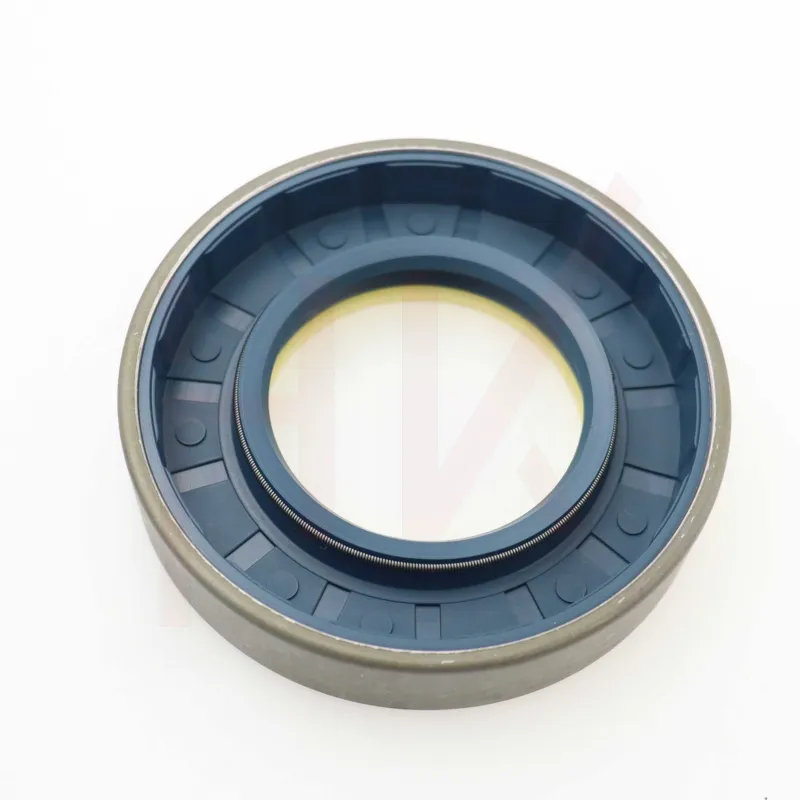Dhj . 12, 2024 17:39 Back to list
bearing dust seal
The Importance of Bearing Dust Seals in Equipment Lifespan
In modern machinery and equipment, bearings play a crucial role in ensuring smooth operation. They support rotating components, reduce friction, and handle loads effectively. However, one of the most overlooked components that contribute significantly to the longevity and performance of bearings is the dust seal. Often underestimated, the bearing dust seal is an intricate part of maintenance and equipment health that deserves more attention.
Functionality of Bearing Dust Seals
Bearing dust seals are designed to protect bearings from contaminants such as dust, dirt, water, and other foreign particles. These seals act as barriers, preventing harmful substances from entering the bearing housing. By keeping contaminants out, dust seals not only enhance the operational performance of bearings but also prolong their lifespan.
Contaminated bearings can lead to catastrophic failures, resulting in expensive repairs and downtime. When dirt particles infiltrate the bearing system, they can cause undue wear and tear on the bearing surfaces, leading to increased friction. This friction generates heat, which can further degrade the lubricant and hasten the wear process. Consequently, a simple dust seal can avert these problems by maintaining a clean and protected environment for the bearing.
Types of Dust Seals
There are several types of bearing dust seals available in the market, each designed for specific applications and environments
. Some of the most common types include1. Lip Seals These seals use a flexible lip that presses against the shaft, providing a tight fit and preventing contaminants from entering the bear system. Lip seals are effective in various industrial applications due to their simple design and ease of installation.
2. Labyrinth Seals Labyrinth seals consist of interlocking grooves that create a tortuous path for contaminants, making it difficult for particles to reach the bearings. These seals offer a high level of protection, particularly in dusty environments.
bearing dust seal

3. Contact Seals These seals maintain continuous contact with the shaft, providing an effective barrier against contaminants. However, they may produce some friction, potentially affecting efficiency.
4. Non-Contact Seals Designed to operate without direct contact with the bearing surfaces, these seals reduce friction but may be less effective in preventing contaminants from entering.
Choosing the right type of dust seal depends on various factors, including the operating environment, the type of bearings used, and specific industry requirements.
Maintenance and Installation Considerations
Proper maintenance of bearing dust seals is essential for optimal performance. Regularly inspecting seals for signs of wear, cracks, or other damage can help identify potential issues before they lead to bearing failure. Additionally, ensuring that seals are properly installed is vital. Misalignment during installation can compromise the effectiveness of the seal, allowing dirt and moisture to infiltrate the bearing.
Also, the environmental conditions in which equipment operates should influence the selection of dust seals. For instance, equipment working in harsh environments or exposed to corrosive elements may require more robust and durable seals. Investing in high-quality seals can yield significant long-term savings by reducing maintenance costs and enhancing equipment reliability.
Conclusion
In conclusion, bearing dust seals serve as a vital line of defense against contaminants that could jeopardize the functioning and lifespan of bearings. By understanding the importance of these seals and selecting the appropriate type for specific applications, businesses can protect their investments, improve operational efficiency, and reduce maintenance costs. As industries continue to evolve, ensuring the integrity of bearing systems through effective dust seals will remain a priority for optimizing machinery performance and reliability. Investing time and resources into understanding and implementing effective dust seal solutions can have lasting positive impacts on equipment longevity and performance.
-
The Trans-formative Journey of Wheel Hub Oil Seals
NewsJun.06,2025
-
Graphene-Enhanced Oil Seals: Revolutionizing High-Pressure Oil Sealing
NewsJun.06,2025
-
Future of Hydraulic Sealing: Advanced Intelligent TCN Oil Seals
NewsJun.06,2025
-
Don’t Let a Broken TCV Oil Seal Ruin Your Day
NewsJun.06,2025
-
Bio-Inspired Dust Seals for Better Sealing Performance
NewsJun.06,2025
-
Biodegradable and Sustainable Hydraulic Seal Materials
NewsJun.06,2025
-
Top Oil Seal Solutions for Your Industrial Needs
NewsMay.22,2025
Products categories
















